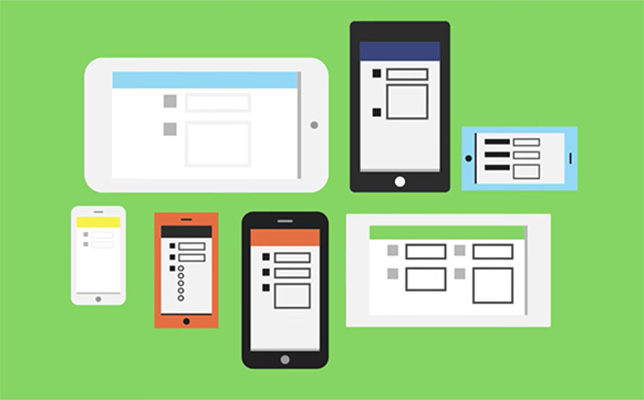JotForm Update Allows Users to Create Forms on Mobile Devices

Image Credit: JotForm.
A tool for creating forms and publishing them online was recently updated to allow users to build forms via mobile devices.
With the updated JotForm 4.0 platform, users have the ability to build forms any time and anywhere using a smartphone or tablet, with no coding required. Additionally, users can collaborate with team members on the same form at the same time. Forms can be edited with or without internet access and edits will sync once an internet connection is available, so no revision history is lost.
The update has also improved pagination, allowing users to easily add multiple pages in a single form. The drag and drop feature is smoother now too and users can drag fields across different pages.
JotForm has a wide selection of templates to choose from, or users can create their own forms, such as:
- Donation forms (with integration to payment processors);
- Application forms (for scholarships or admissions);
- Event registration forms;
- Student surveys;
- Membership forms;
- Lead generation or “learn more” forms;
- E-book download forms; and
- General contact forms.
JotForm has more than 2.5 million users worldwide. According to the company, many universities are using JotForm, including Harvard University, University of Cincinnati, University of Michigan, Brigham Young University, University of San Francisco and Dartmouth University, to name a few.
The platform has a free “starter” plan where the first five forms are free, while other plans range in price from $19 to $99 per month. Education users qualify for a 50 percent discount off any paid plan that will never expire.
To learn more about the new features, watch the video below. Further information is available on the JotForm site.
About the Author
Sri Ravipati is Web producer for THE Journal and Campus Technology. She can be reached at [email protected].